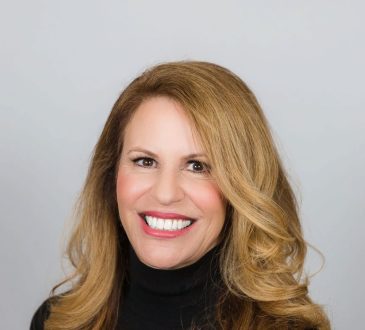Behaviors, Norms, and Culture

In a recent Harvard Business Review (HBR) article, How Constructive Dissent Can Unlock Your Team’s Innovation, Timothy R. Clark, Alistair Aitchison, and Paul Terry wrote, “If a pattern of shared behavior is a norm, a collection of norms is a culture. Norms are the primary building blocks of culture.” The writers point to the fact that many highly diverse teams, while capable of offering different perspectives, often demonstrate patterns of either dutiful compliance or stifling groupthink – neither serving as a recipe for promoting curiosity, candor, nor innovation. Having diversity is one thing; accessing it for the benefit it can provide is quite another.
In my work with CEO Forums, the members of these groups have a great deal to teach us about building a culture of candor in service of their purpose. To that end, a culture of constructive dissent (where members trust positive intent when they challenge each other) will never emerge unless the group intentionally creates it. And if they have it, they won’t maintain it unless they are relentless about doing what it takes to keep it.
The Answers Are in the Cloud
Whether I work with a new or well-established CEO Forum, this simple word cloud exercise serves as a powerful mechanism for establishing ground rules or breathing new life into group practices that have atrophied over time. It begins by asking each member to identify two values or behaviors important to being a solid contributing member to the group. I ask them to think of these values/behaviors in terms of what they expect of themselves, their fellow members, and any new member seeking to enjoy the privilege of joining them. Once the members make their choices, I ask them to revisit the cloud and add any norms they believe are missing.
From there, I suggest they revisit their choices at their next meeting. They can then adjust, add, and clarify what these words mean as action items. Many groups approach the next step differently depending on the cloud’s content. Here are a few standard practices:
- They group “like terms” such as honest, trust, and integrity or curious, caring, and learner (see word cloud above), and flush out what demonstrating these values looks like.
- Another approach is to put each word in one of three columns: what they’re great at, what they’re good at, and areas for improvement.
- Other groups use the word cloud to develop a purpose statement that defines why they are there and what it will take to build the culture they want and achieve their agreed-upon outcomes.
From the Cloud Back to Earth
While it can be comforting to codify who you want to be as a group or admire your purpose statement, none of it matters unless the members are committed to putting their work into action in a live setting for the long term. I’ll use the example of how some members use their purpose statement and word cloud to drive intentionality toward the culture they want to enjoy.
Creating a purpose statement can be valuable on its own, but using it to begin and end every meeting encourages the intentionality necessary to foster a culture of support and constructive dissent. Many groups with a purpose statement start their meetings by reading it and challenging each other to live up to it as best they can. At the end of the meeting, they ask, “How well did we meet our promise to one another today?” They reference their purpose statement and the specific items in their word cloud to identify areas for improvement.
At the start of the following meeting, members read the purpose statement, remind each other of the improvements noted in the previous meeting, and concentrate on giving their best efforts. Forum leaders who engage in this practice consistently tell me that the group’s culture and the results they achieve together are transformational.
Summary
I encourage you to read the HBR article in its entirety, but on the off chance you don’t, the writers close the piece with this important message for your forum or team: “Unlocking innovation from diverse perspectives is the essence of constructive dissent. As a norm, or pattern of shared behavior, it brings together creative abrasion, social collaboration, and emotional regulation. If a team can’t find a way to engage in constructive dissent, it will default to preserving the status quo. But if it can, that norm will unleash the team’s innovative capability.”
Have you read?
Safest Countries in the World.
Most Productive Countries in the World.
Most peaceful countries in the world.
Most influential financial centers in the world.
Most Powerful Currencies In The World.
Bring the best of the CEOWORLD magazine's global journalism to audiences in the United States and around the world. - Add CEOWORLD magazine to your Google News feed.
Follow CEOWORLD magazine headlines on: Google News, LinkedIn, Twitter, and Facebook.
Copyright 2025 The CEOWORLD magazine. All rights reserved. This material (and any extract from it) must not be copied, redistributed or placed on any website, without CEOWORLD magazine' prior written consent. For media queries, please contact: info@ceoworld.biz








